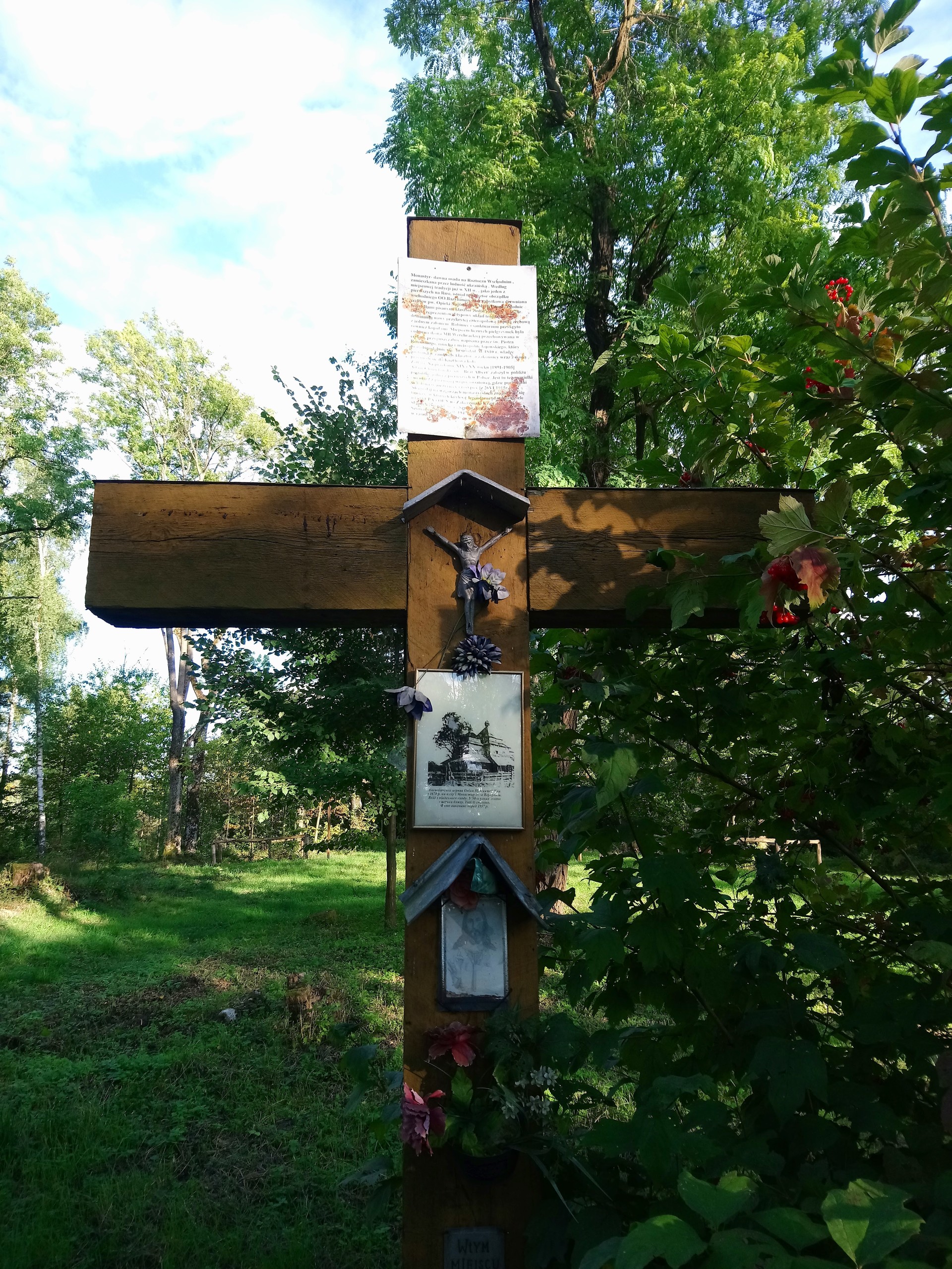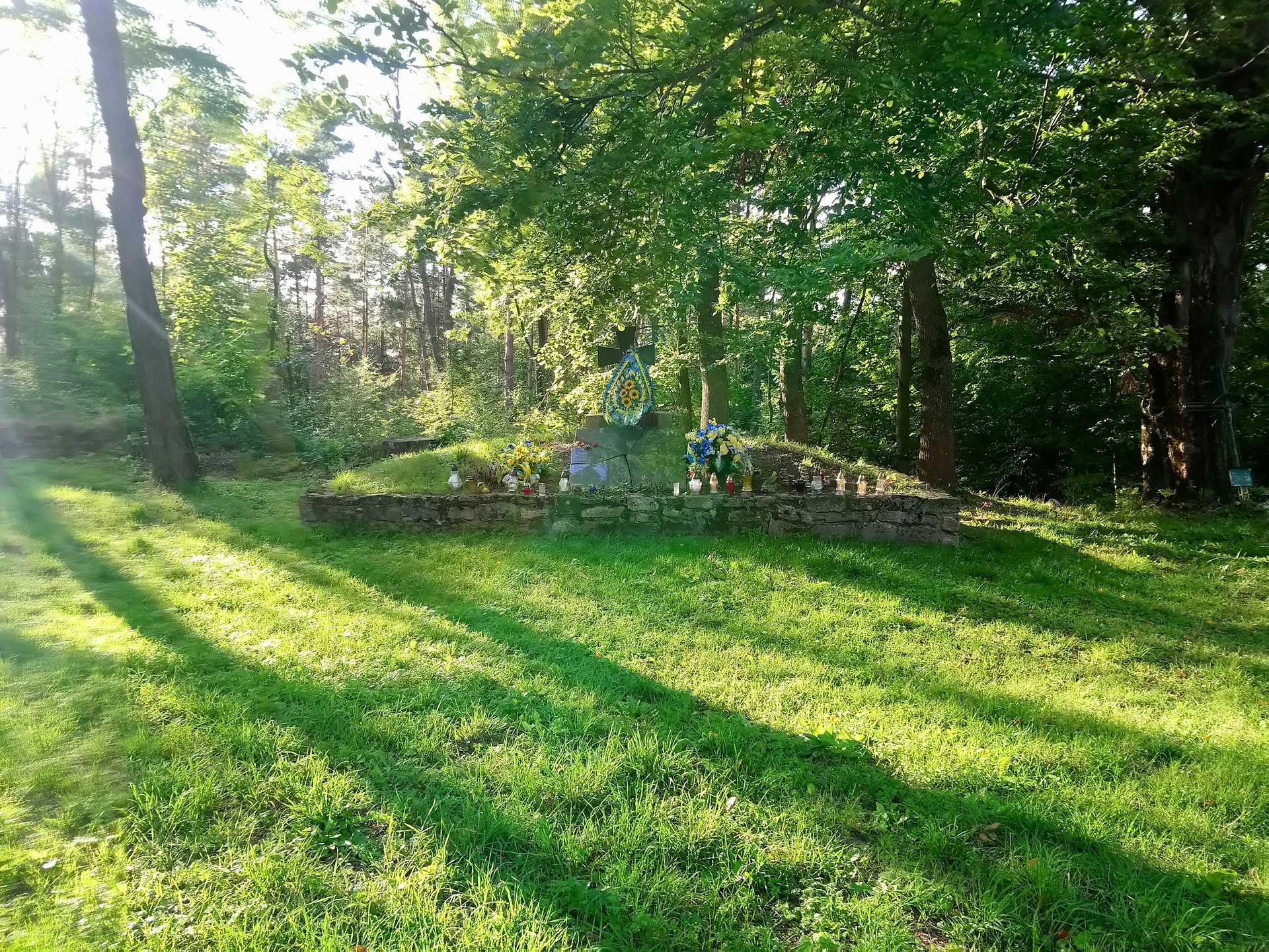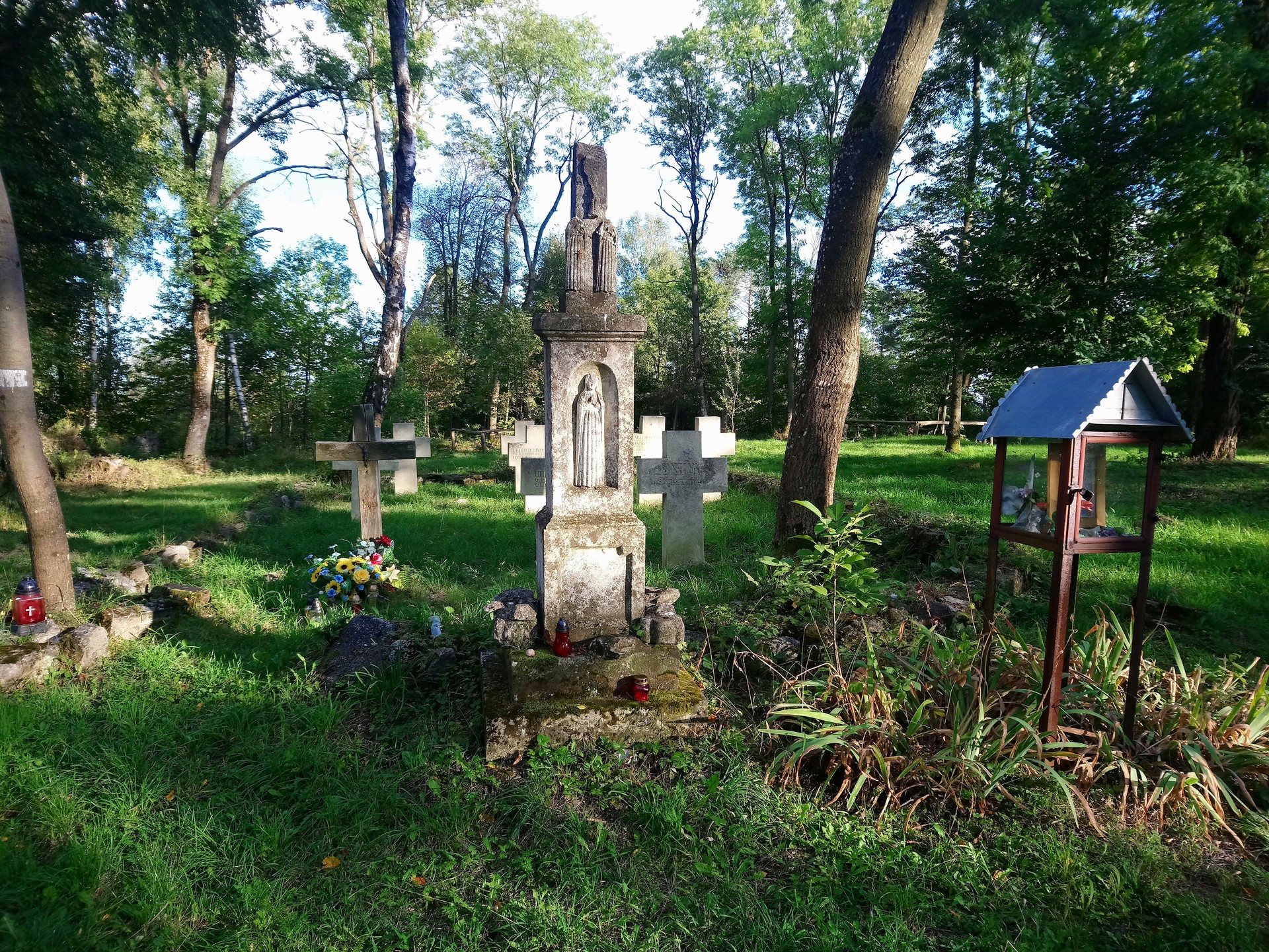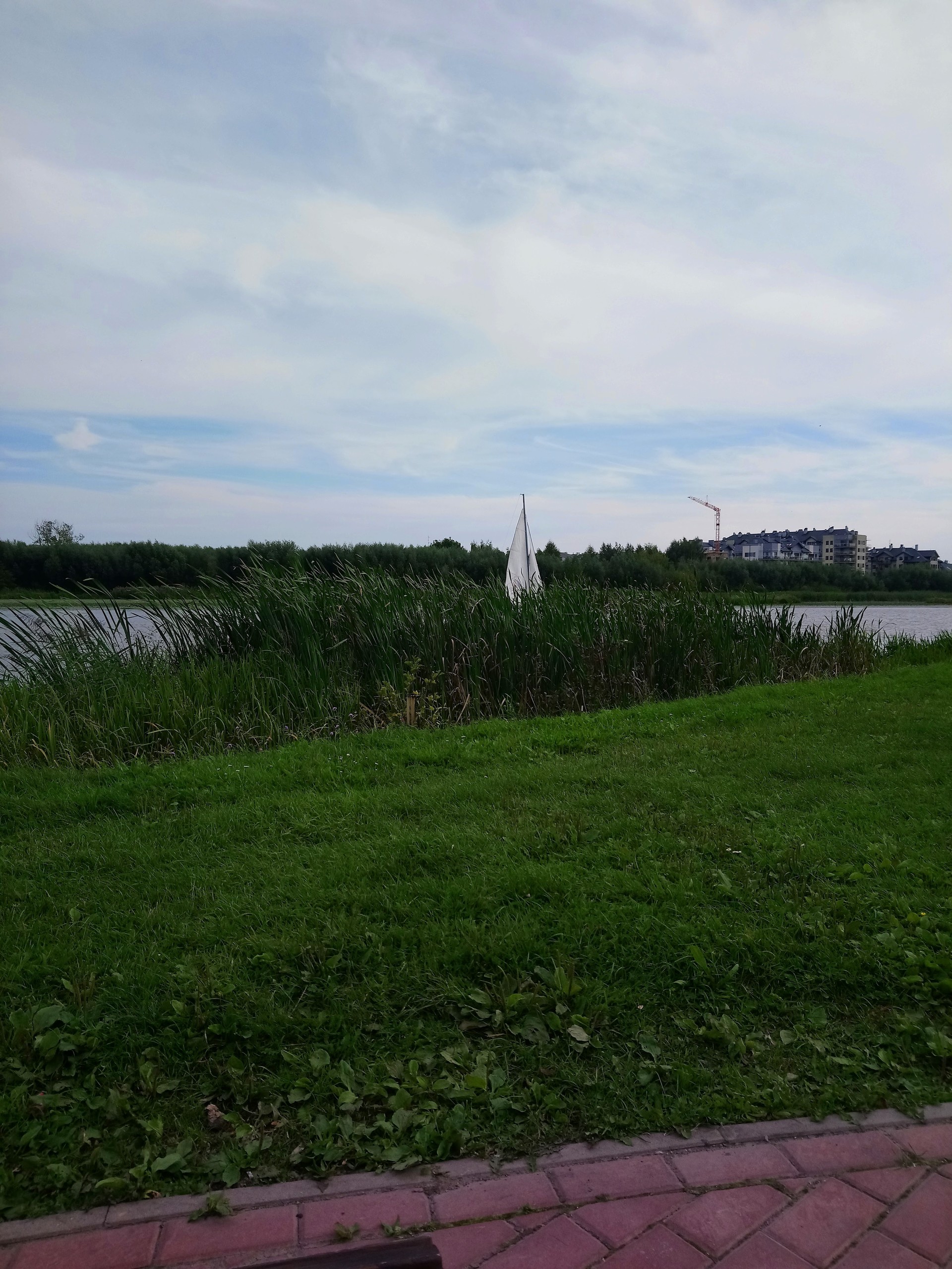Polish speaking guide 17
Gdzie jest bank?Where's the bank?
Bank jest tu.The bank is here.
Gdzie jest poczta?Where's the post office?
Poczta jest obok banku.The post office is next to the bank.
Gdzie jest sklep?Where's the shop?
Sklep jest naprzeciwko.The shop is across the street.
tramwaj m tram
bankomat m cash machine
parkometr m parking meter
sklep m shop
dworzec m kolejowyrailway station
bank m bank
autobus m bus
szpital m hospital
plac m square
kiosk m newsagent
przystanek m autobusowy bus stop
samolot m airplane
bilet m ticket
kościół m church
In the city - feminine nouns:
galeria f gallery
policja f police station
ambasada f embassy
poczta f post office
taksówka f / taxi n taxi
kamienica f tenement house
cukiernia f confectionery
kwiaciarnia f florist's
piekarnia f bakery
stacja f (stacja metra)station (metro station)
ulica f street
kino n cinema
centrum n centre, downtown
rondo n roundabout
skrzyżowanie n crossing, junction
Stare Miasto n "Old Market"
światło n light
przejście n dla pieszych pedestrian crossing
metro n metro, underground
lotnisko n airport
muzeum n museum
boisko n pitch
The expressions na lewo (on the left), na prawo (on the right), obok (next to), naprzeciwko(opposite, across the street), blisko (close), daleko (far) are adverbs of location and answer the question gdzie? (where?). This question can also be answered by using the demonstrative pronouns tu (here) and tam, (there).
The pronouns ten, ta and to (this for masculine, feminine and neuter respectively) are used to identify an object located close to the speaker. For objects located further away pronouns tamten, tamta and tamto (that for masculine, feminine and neuter respectively) should be used.
Jak nazywa się ta ulica?
Ta ulica nazywa się Ekologiczna.
Jaki jest ten blok?
Ten blok jest wysoki.
Jaki jest twój ulubiony sklep?
Mój ulubiony sklep jest mały.
Jaki jest ten park?
Ten park jest duży i piękny.
Gdziej jest szkoła?
Szkoła jest na lewo.
Gdzie jest metro?
Metro jest tam.
Conversitations:
1.
Adam:Przepraszam, gdzie jest szpital?
Anna:Szpital jest tam, na prawo.
Adam:Dziękuję bardzo.
2.
Piotr:Przepraszam, gdzie jest Muzeum Narodowe?
Anna:To jest niedaleko. Proszę jechać trzy przystanki prosto tramwajem numer 9 lub 22.
Piotr:Muzeum jest na lewo czy na prawo?
Anna:Na prawo. To bardzo duży budynek.
Piotr:Dziękuję pani.Anna:Proszę bardzo.
3.
Alicja:Przepraszam, czy pan wie, gdzie tu blisko jest dobra restauracja?Adam:Niestety tu nie ma. Proszę iść na Stare Miasto. Tam są naprawdę dobre restauracje.
Alicja:Czy to daleko?
Adam:Nie bardzo, kilka przystanków autobusem lub kilka minut taksówką.
Alicja:A gdzie jest przystanek autobusowy?
Adam:Tam, proszę iść prosto, a potem skręcić w prawo.
iść v imperf.to go (to walk)
jechać v imperf.to go (to drive)
miasto n town, city
niedalekoclose, not far away
prosto straight (ahead)
skręcić v perf.to turn
Czy pan/pani wie...?Do you know...?
Proszę iść/jechać prosto.Go straight (ahead).
Proszę jechać tramwajem/autobusem/taksówką.Go with a tram/bus/taxi.
Proszę iść w prawo/w lewo/prosto.Please go right/left/straight (ahead).
Niestety nie wiem.Unfortunately, I don't know.
Niestety nie ma tu restauracji.Unfortunately, there aren't any restaurants here.




Photo gallery
Want to have your own Erasmus blog?
If you are experiencing living abroad, you're an avid traveller or want to promote the city where you live... create your own blog and share your adventures!
I want to create my Erasmus blog! →








Comments (0 comments)